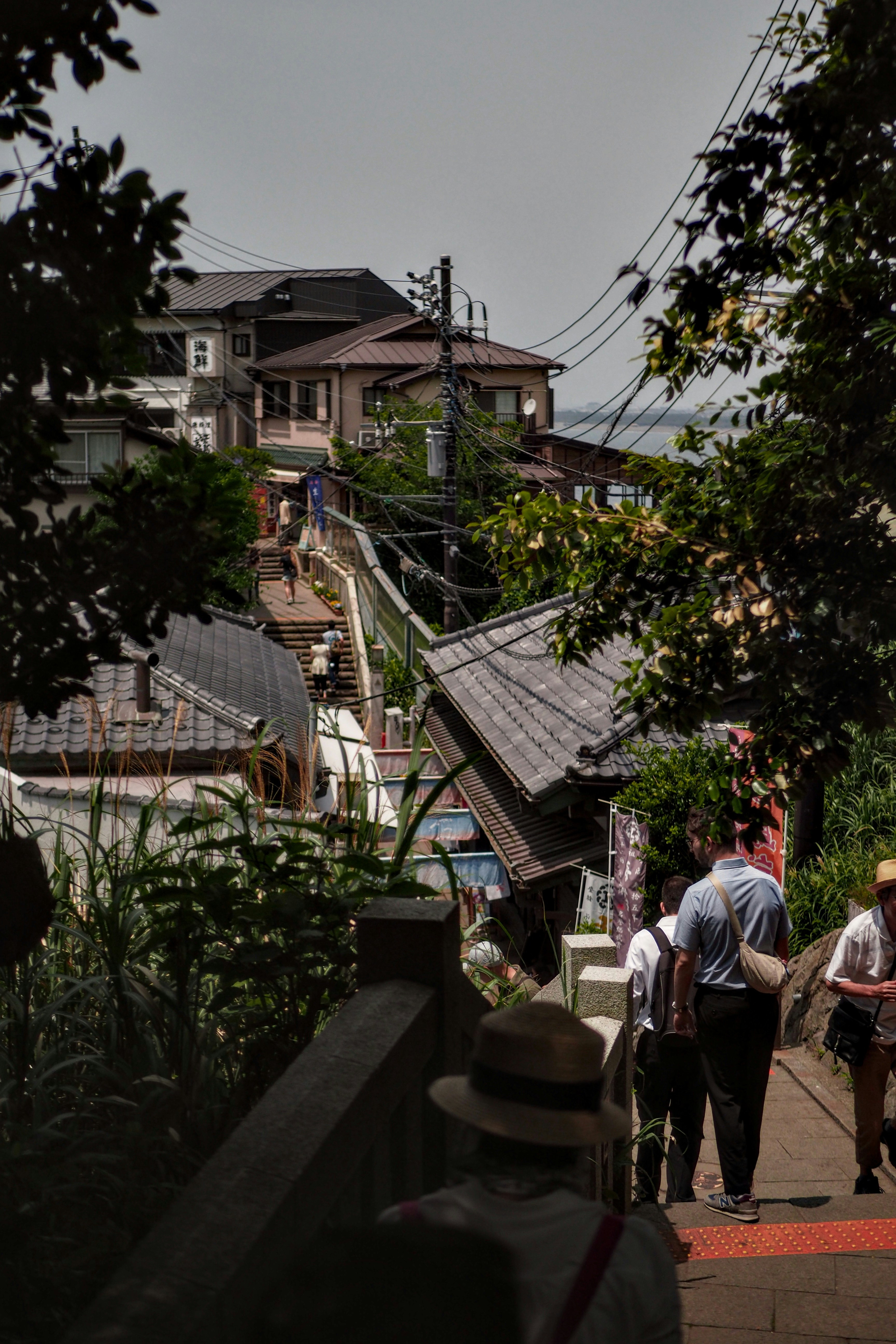.svg)
Navigating Landslide Zone Restrictions for Akiya Home Renovations in Japan
.svg)
.svg)
.svg)

Want to modernize a traditional Japanese home? Learn how to blend contemporary comfort with kominka character—plus how Old Houses Japan helps you do it right.


You’ve fallen in love with a beautiful old Japanese home—weathered wood, paper screens, timber beams. But as much as you adore the atmosphere, you also want modern comfort: insulation, storage, lighting, maybe even a sleek kitchen or stylish office setup.
Good news: you don’t have to choose between tradition and modernity.
With the right approach, you can design a home that preserves the historic soul of a kominka or machiya—while making it livable, functional, and uniquely yours.
Here’s how to thoughtfully create a modern interior inside a traditional Japanese home.

Before modernizing, identify the home’s core traditional elements—the ones that give it identity and value. These often include:
Choose what to preserve, update, or reinterpret, rather than erasing everything. Think harmony—not replacement.
Old homes often rely on natural light or dim overhead bulbs. Upgrade to:
✅ Pro tip: Use lighting to highlight the home's structure, not hide it.
Stay within the tones of the original structure:
Avoid high-gloss or ultra-synthetic colors. Instead, opt for natural finishes that complement the wood and plaster.
Modern living often demands open plans—but traditional Japanese homes already emphasize flexibility through sliding panels. Try:
✅ Don’t rip everything out—merge space intentionally.
Match the low-slung nature of the house with furniture that sits close to the floor:
Look to Scandinavian or Japanese modern design for inspiration—they pair beautifully with traditional structure.
You can install:
All while keeping the visual focus on the home’s textures and layout.
Use:
Create clean, functional spaces that don’t feel jarringly new. A good rule: If you removed the fixtures, would the room still feel cohesive?
Instead of decorating with lots of objects, focus on:
Less is more. Let the house tell the story—your touch should feel like a respectful guest.
We assist buyers who want to:
Whether you're planning a live-in renovation or bringing in a design team, we’re here to make the process easier and more rewarding.
A traditional Japanese home doesn’t have to mean sacrificing your modern lifestyle. With thoughtful planning and creative design, you can honor the soul of the building while crafting a space that’s functional, beautiful, and completely yours.
Let Old Houses Japan help you merge old-world warmth with new-world livability.
Start your journey with Luxey today! Sign up for free and get instant access to the best property listings.



